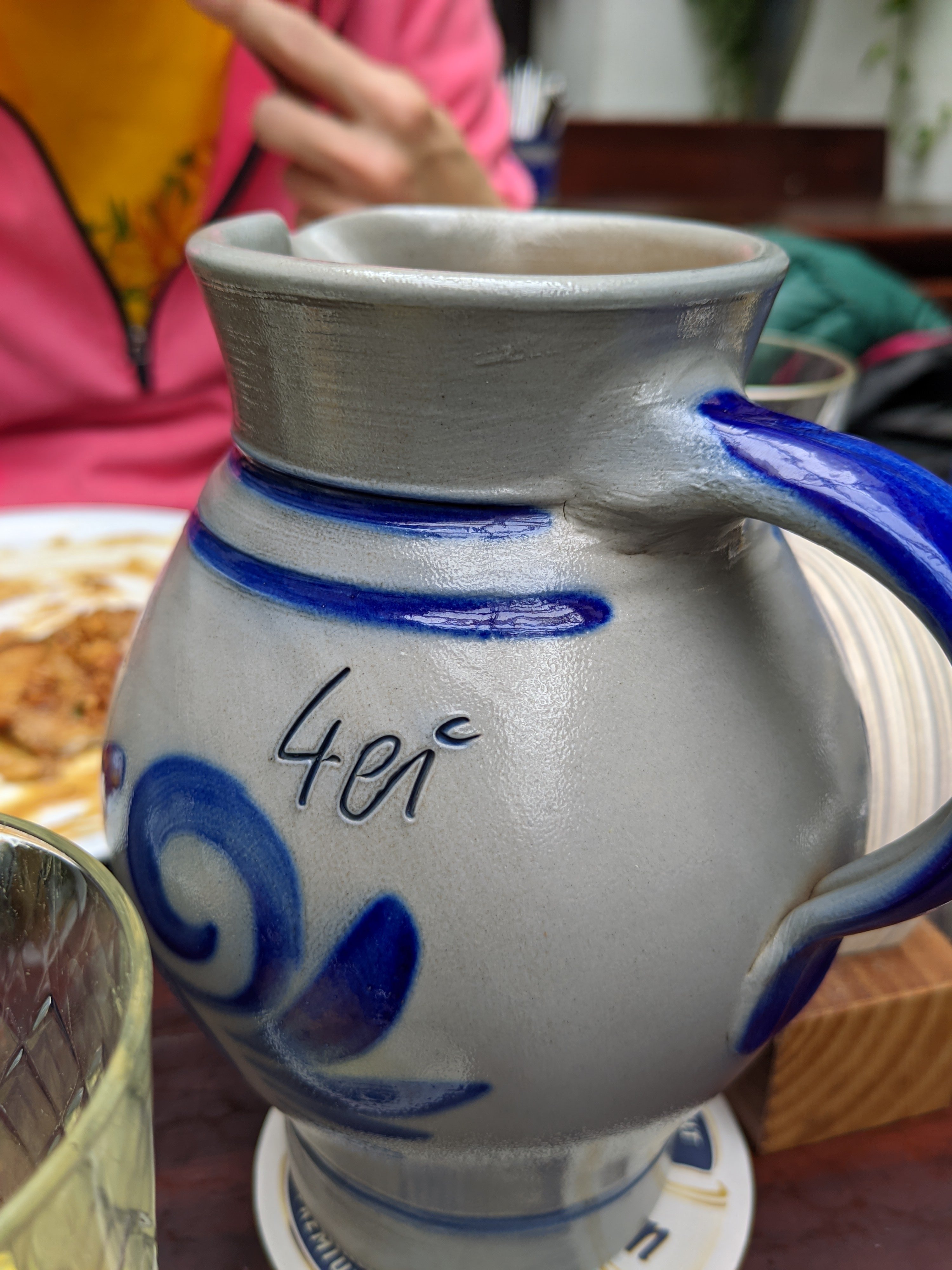Retro Gaming News: FPGA PS1 Teased By MiSTer Pi Creator
Before the PlayStation celebrates its 30th anniversary, Taki Udon, creator of the MiSTer Pi FPGA-based console, has unveiled a teaser for a new FPGA system inspired by the original PlayStation. This device aims to emulate games from both this and other systems with exceptional fidelity.
A Device for Retro Gamers’ Delight
- FPGA Technology: Utilizing Field Programmable Gate Arrays (FPGAs), this console promises to deliver a level of accuracy not matched by software emulators. FPGAs replicate system performance at a hardware level, offering minimal latency and reduced input lag compared to software emulation.
- Compatibility: Apart from its PS1 focus, the new device is designed to play games from other systems as well, standing out against Analogue’s range of FPGA console clones. This console will also feature custom support for original accessories like controllers and memory cards.
Do you prefer software emulation, with the ability to play games from more systems on the same device, or FPGA technology providing a more authentic experience?
What I always wonder with these FPGA consoles: Do they have some kind of plans of the original chips or do they reverse engineer how they work?
Full reverse engineering, using any plans or leaks from Sony would put them in legal trouble.
If they can prove clean room isolation, it’s also legal for a team to document the plans in detailed technical language and another team to implement from the documentation (provided to them via an intermediary not involved in either effort).
This is how the IBM BIOS was replicated by Compaq for its line of “IBM-compatible” PCs.
And why the Franklin Ace 1200 lost in court to Apple, copied Roms.
I’ve been following the Mister FPGA project and just set up my new one. It’s a great project. However I do not quite understand what the motivation of these consolized Misters are. It’s going to take significant software development effort to make a Mister completely polished, and it is such a niche target audience I’d think it wouldn’t be worth it.
Agreed. The motivation is profit. That said profit and aping a console’s appearance might put this project under the scrutiny of Sony’s legal department.
Taki Udon is already a legend. Can’t wait to see the handheld they talk about.
I’ve seen their name come up, and believe I’ve clicked a few videos. IIRC, their videos seem to be the “real deal” compared to the glut of similar content creators shilling the latest aliexpress handheld.
Is there anything else I should know Taki Udon for?
Making MiSTer clones without Intel’s DE-10 Nano is a huge breakthrough for open source fpga development. They found somewhere to source the cyclone SoC individually, allowing to customize its PCB specifically for the needs of FPGA console emulation.
The fact that they demonstrated and documented their process and have actually produced a product for purchase is a first.
allowing to customize its PCB specifically for the needs of FPGA console emulation.
From what I can recall, this is not what happened. He has stated multiple times that he’s designed it to work as much like a DE-10 Nano as possible. There are no significant differences between his board and the original from what I can tell.





